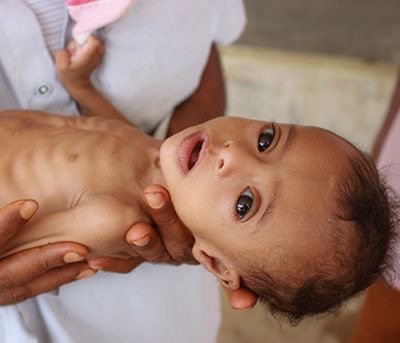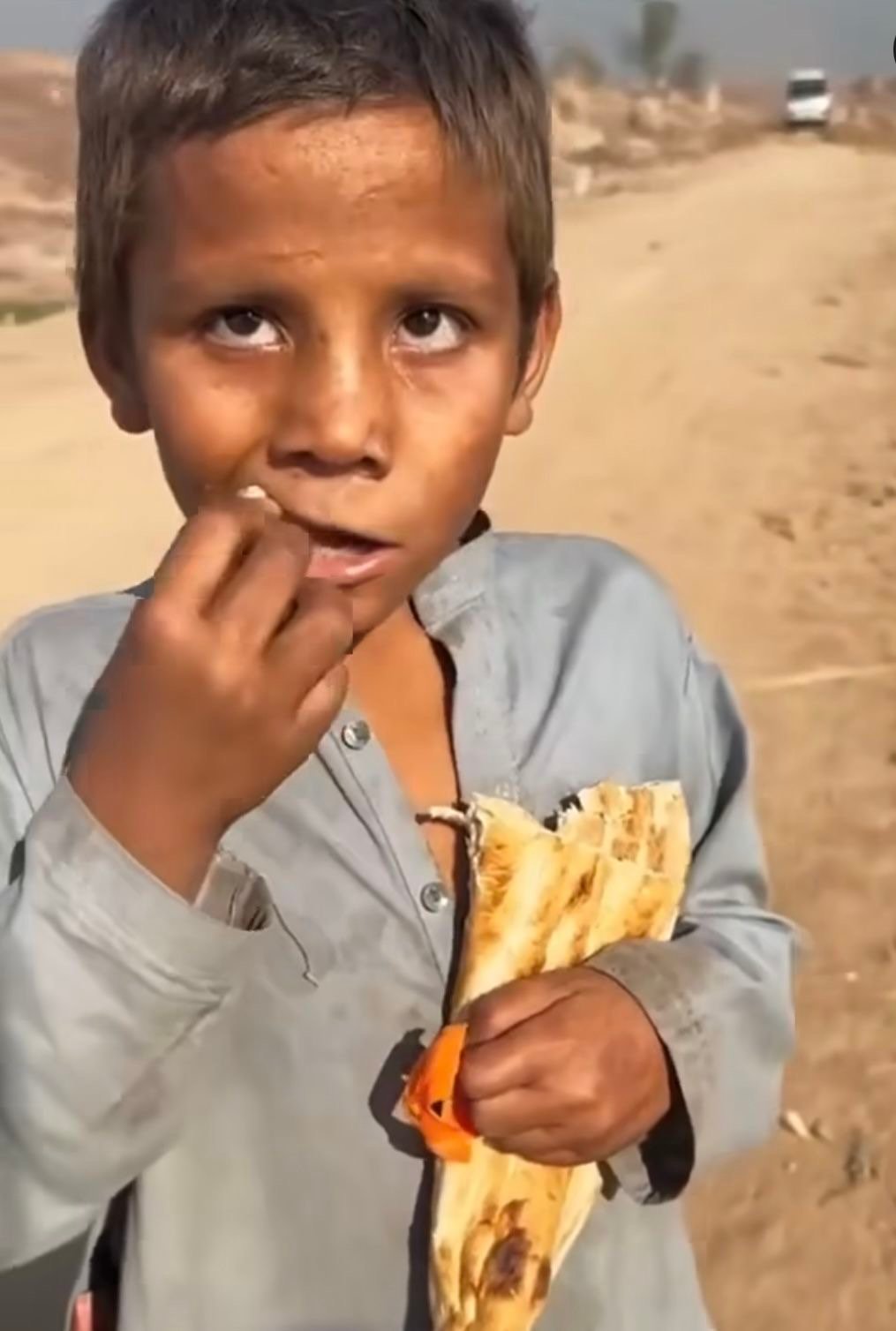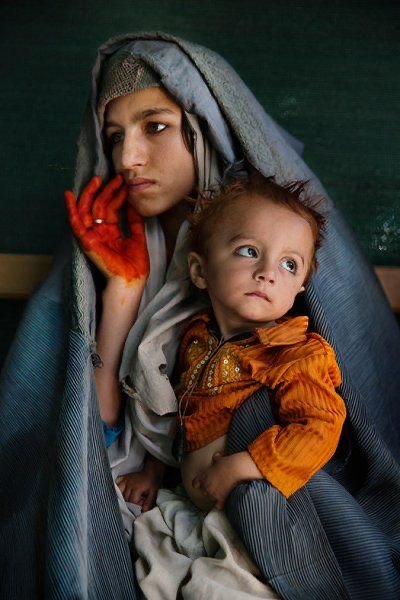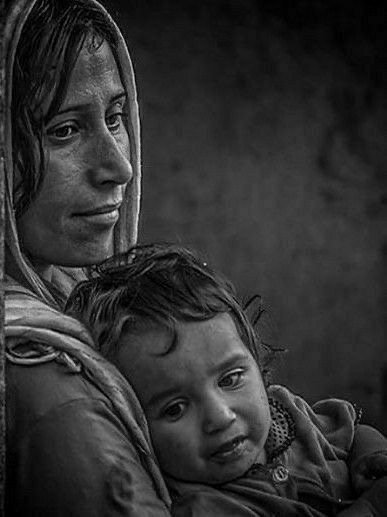Why does Pakistan have the highest maternal and child mortality rates in South Asia, despite so many programs for decades? The challenges are vast, from dilapidated infrastructure and under-resourced rural clinics to deep-rooted social norms and weak accountability. But amidst the gloom, experts like Dr. Hana Mahmood, Chief of Global Health at the International Research Force, believe there is still time and opportunity to set things right. Margalla Tribune had the opportunity to have a conversation with Dr. Hana about the systemic failures, structural inequalities, and potential reforms that could radically improve outcomes for mothers and children in Pakistan.
An Overburdened System Starts at the Bottom
One of the biggest contributors to Pakistan’s poor maternal and child health outcomes, according to Dr. Hana, is the underutilization of the primary healthcare system.
“In rural areas, Basic Health Units (BHUs) and Rural Health Centres (RHCs) are meant to be the first point of contact,” she explains. “But they’re often non-functional due to a lack of skilled personnel or supplies, or are completely abandoned. As a result, tertiary hospitals in cities are overwhelmed with patients who should have been treated earlier and closer to home.”
This lack of trust in rural health facilities, combined with delayed care-seeking behavior, creates a deadly loop where minor complications turn fatal simply because help came too late.

Equity in Access: From Policy to Practice
Ensuring equitable access to healthcare in underserved areas remains one of Pakistan’s biggest challenges. While the country graduates thousands of doctors and nurses each year, most choose to stay in urban areas.
“We need to create mandatory rural service policies,” Dr. Hana argues, “so that new healthcare professionals serve in underserved communities before settling in cities.” At the same time, those already serving in rural areas must be given regular refresher training, certifications, and support to keep their skills sharp and morale high.
She also recommends scaling up successful initiatives like the Lady Health Worker (LHW) Program and launching mobile health units to reach remote populations.
The Role of Traditional Birth Attendants
Despite the dangers associated with untrained birth attendants (or dais), over 30% of births in Pakistan still occur at home, often without skilled help.
Dr. Hana suggests a pragmatic approach: “We can’t eliminate traditional birth practices overnight. But we can identify and train dais in safe delivery techniques and basic hygiene, certify them, and slowly integrate them into a formal referral system.”
Simultaneously, midwifery services and 24/7 maternal care must be expanded in rural clinics, a move that remains limited to provinces like Punjab.

The Maternal-Child Malnutrition Link
Undernutrition and stunting are widespread among Pakistani children, and maternal malnutrition is a major driver.
“Undernourished mothers give birth to low-birth-weight babies, who then become undernourished themselves. It’s a vicious cycle,” Dr. Hana explains.
She emphasizes two fronts of intervention:
Address food insecurity by making fruits, vegetables, and other nutrient-rich foods accessible through subsidies and income support programs.
Nutrition education that helps women make balanced meals from available resources, teaching not just what to eat, but how and when to eat it.
Why the Lady Health Worker Program Lost Momentum
Once hailed as a global model, the Lady Health Worker Program has lost steam.
“In the beginning, the program was driven by passionate volunteers,” says Dr. Hana. “But now, many are salaried workers with no performance checks. They aren’t supervised, trained, or evaluated regularly. And most of their time is consumed by polio campaigns, not their core responsibilities like family planning or maternal care.”
Dr. Hana recommends reviving the program’s accountability framework, introducing performance-based incentives, and increasing staff strength to prevent burnout.
Culture, Gender, and the Power of Digital Tools
In many parts of Pakistan, cultural norms restrict women’s mobility and autonomy, especially in health-related decisions.
Dr. Hana proposes building climate-resilient healthcare infrastructure, setting up early warning systems, and maintaining mobile emergency response teams that can be deployed when disaster strikes.
“Telemedicine and mobile apps can also be lifesavers when roads are blocked and facilities are flooded,” she adds.

To tackle this, Dr. Hana advocates for community-based interventions that respect local norms while still promoting health. “Lady health workers from within the same neighborhood can reach women in conservative households. And telemedicine or mobile health apps can offer consultations right at their doorstep,” she says.
She also urges engaging male family members and religious leaders as allies in spreading health awareness and encouraging institutional care.
The Budget Gap: Small Increases, Big Returns
With health spending hovering under 2% of GDP, Pakistan falls far short of the WHO-recommended threshold. Yet Dr. Hana believes that even a 1% increase focused exclusively on maternal and child health could yield dramatic improvements.
“That money should be funneled into primary healthcare, rural clinics, lady health workers, and supply chains, not more buildings in cities,” she says.
Why Chakwal and Swabi Outperform Other Districts like Chakwal and Swabi offer lessons in what works. Their relative success in health indicators stems from strong local governance and sustained donor engagement, not just better infrastructure.
“Programs there continue even after political transitions,” Dr. Hana notes. “In contrast, most initiatives in other districts dissolve with the next election cycle.”
If There’s One Reform That Can Change Everything… When asked to name one reform that could bring tangible change within five years, Dr. Hana’s answer is simple: accountability.
“Pakistan has good policies, solid infrastructure, and trained people,” she says. “But what we lack is implementation. Unless we hold our healthcare workforce accountable through KPIs, supervision, and performance-linked contracts, nothing will improve.”
Climate Resilience in a Fragile Health System Floods, heatwaves, and climate disasters have further crippled healthcare access for women and children.
A Roadmap to Healing
The maternal and child health crisis in Pakistan is not insurmountable, but it demands bold, focused, and consistent reforms. The insights from experts like Dr. Hana Mahmood offer a clear roadmap: strengthen the base, invest in people, use digital tools wisely, and make governance work for those who need it most.
It’s time to stop treating symptoms and start healing the system.
The author can be contacted: Nadiaimad3101@gmail.com





